Has any artist ever had a wider impact on the world than Hogarth? He was the motivator behind the most important legislation protecting artists’ copyright, meaning that artists from ordinary backgrounds no longer had to depend on the whims of rich patrons. Like Dickens, he used his art to laugh at and root out abuses — the proposals for electoral reform in the great ‘Humours of an Election’ series are as specific as satire ever gets (the haggling over the bribes, the man who somehow votes despite being dead). His early and energetic commitment to Thomas Coram’s Foundling Hospital did much to discourage the widespread practices of infant abandonment and murder. He also set an example to other artists by donating his portrait of Coram to the hospital — one of the finest portraits in British art. After that gesture, more and more enlightened people would start to think that there was no reason why a child deprived from birth of all opportunity should not be offered the sight of the greatest art. That would transform British society.
He was an original thinker about art, too. The Analysis of Beauty, his tract born of years of idiosyncratic thought, introduces the notion of underlying abstract forms, with his explanation of the serpentine line, the line of beauty. You can understand a lot about how perspective works from the glorious 1754 ‘Satire on False Perspective’ — cattle grow larger with distance, rather than smaller, and a man on a remote hill lights his pipe from a candle held out from a house in the foreground.
He did a great deal to professionalise the arts, with the founding of the first academies. He is always thought of as the most English of artists, with his robust humour, his mockery of overdressed foreign musicians, his praise of English beef and enjoyment of English drunkenness. But beneath the surface, he was deeply interested in European art. The allusions and parodies in the great satires reach far and wide across European art, and they aren’t just there to be laughed at. The exquisite handling of paint can be reminiscent of Watteau or Chardin. The bravura silver basket of fruit in the great ‘Graham Children’ might be by Fragonard. Hogarth worked alongside French engravers such as Gravelot, and his work in oils shows a lot of the same developments as French-influenced English painters such as Bartholomew Dandridge.
Somehow, he doesn’t get treated as the giant he undoubtedly is. One problem might be that he worked across genres. His portraiture is sublime, and wonderfully evocative of individuals such as Coram, his servants, or the famous engraving of Lord Lovat before his execution. The only area where he definitely failed was in his age’s highest genre, history painting. It’s bizarre that Jacqueline Riding gives nearly a quarter of her colour plates to examples of these when the only remotely good one is ‘Moses and Pharaoh’s Daughter’.
For the rest of it, his admitted mastery of rude comedy, vividly expressed character, satire and good storytelling have condemned him to a slightly lower rank in an age that doesn’t value these things. An artist who shows some of his most exquisitely French handling of paint in a work showing ‘Francis Matthew Schutz in His Bed’ being sick, is presenting a problem for posterity’s acclaim. (It is thought that Mrs Schutz commissioned it to shame her husband out of drinking. A descendant had it improved, the stream of puke and chamber pot covered so that Schutz was leaning over a book, looking rather green. But it has now been restored to its full glory, and may be admired in Norwich.)
And he is funny. George II’s reaction to ‘The March to Finchley’ (‘I hate all boets and bainters’) starts a sequence of responses insisting that some things should never be laughed at, and that comedy is obviously less important than something called ‘Sigismunda Mourning over the Heart of Guiscardo’. Hogarth’s greatness, however, lies in the look on the face of the small girl in ‘The Enraged Musician’ as the urchin pisses right in front of her. Or the marvellous pile of jokes and incongruities within that most rococo of prints ‘Strolling Actresses Dressing in a Barn’. Or that hymn to ludicrous English pomposity, the tiny oil portrait of judges ‘The Bench’, just five inches by seven. Or the joyless couple in ‘Evening’, clearly wondering, like many English families before and afterwards, whether this nice day out in the countryside was really worth it, with the kids screaming and the only place to get something to eat completely full. Plenty of English artists from the 18th century are still lovely but only two are still genuinely funny: Hogarth and Gillray. That’s quite an achievement.
Hogarth has been well served by biographers. Ronald Paulson’s 1990s three–volume expansion of his already substantial 1971 version is indispensably informative. Perhaps with more general appeal, Jenny Uglow’s beautifully written and profoundly empathetic 1997 biography set a very high standard. There is, too, a splendid play about him by Nick Dear called The Art of Success. I wish someone would revive it. Riding’s biography is exceedingly well informed, particularly about London life — contemporary celebrities, crooks, whores and highwaymen get their full due. The geography of the city is also delved into. Not everyone who looks at ‘The Rake’s Progress’ or ‘Marriage A-la-Mode’ understands that, like the Aeneid, or indeed The Dunciad, an epic journey from the east (the City) to the west (St James’s) is being described. She has a good grasp of the period on its own terms, suggesting, for instance, that though Hogarth’s father went bankrupt after starting a coffee house where the patrons were supposed to teach Latin, it wasn’t such an obviously ridiculous proposal when Latin was a necessity to enter the professions.
The book, however, suffers from a tendency to put in any amount of mildly corroborative evidence, and Hogarth can disappear behind a welter of file-card titbits. There’s a vulgar joke in ‘The Four Times of the Day’, in which a weedy husband, standing before a cow, apparently sprouts a pair of horns. Riding is off: there was a landing place called Cuckold’s Point; there’s a poem by John Suckling; John Brand defines ‘cuckold’ like this; a folk song; Chaucer; Love’s Labour’s Lost; Ned Ward, and on and on. Cowed by the hail of learning, we don’t feel much the wiser about Hogarth. The choice of evidence is somewhat idiosyncratic. I would have liked some consideration of Charles Churchill’s insulting poem about Hogarth that kicked off the last feud of the artist’s life. Churchill is very nearly a major poet, and the poem is well worth reading, but Riding doesn’t quote it at all.
The book is structured around a lads’ trip down the river which Hogarth is known to have taken in 1732, but the account is really there so that snippets about urban life can be included. Not all of these are enlightening or necessary. They go to Queenborough on Sheppey, and have bacon for dinner. But what on earth is bacon? ‘Bacon, according to Hannah Glasse, was created by rubbing salt into a side of pork, laying it down for a week.’ What is salt, you may ask, and where on earth do you get the stuff? ‘Great quantities were panned and available very locally.’ But how do people eat bacon? ‘Sliced as and when needed.’ OK, but do you cook the stuff or eat it raw? Riding is silent, leaving her readers in a state of helpless bafflement.
I have to say, too, that Riding is not the most accomplished writer, and her style veers about quite startlingly. The first sentence of her book makes the heart sink: ‘From deep within the infinite realm, tentative light beams pulse and flicker, hinting at unnumbered stars, of untold planets.’ I have the impression that Riding, acknowledging her subject’s robust exuberance, feels she ought to be as hearty; it comes across, however, as saloon-bar cliché bandying:
Perhaps the alluring widow regaled her guests… with some feminine wisdom. Or perhaps, like any good host and a prime example of the fair sex, she listened quietly, nodding and smiling benignly to the talk and chatter of her beguiled guests, while topping up their pots with refreshing local beer. Thus revitalised, the five men grudgingly bid adieu to the Kentish Circe.
Uglow, an elegant writer among biographers, is not challenged.
Hogarth is the most lovable as well as the most irascible of artists. His complex, exuberant but somehow sensitive character sings out in almost everything he ever did. It’s a pity to lose his still vivid presence behind an abundance of incidental material.
Got something to add? Join the discussion and comment below.
Get 10 issues for just $10
Subscribe to The Spectator Australia today for the next 10 magazine issues, plus full online access, for just $10.
You might disagree with half of it, but you’ll enjoy reading all of it. Try your first month for free, then just $2 a week for the remainder of your first year.

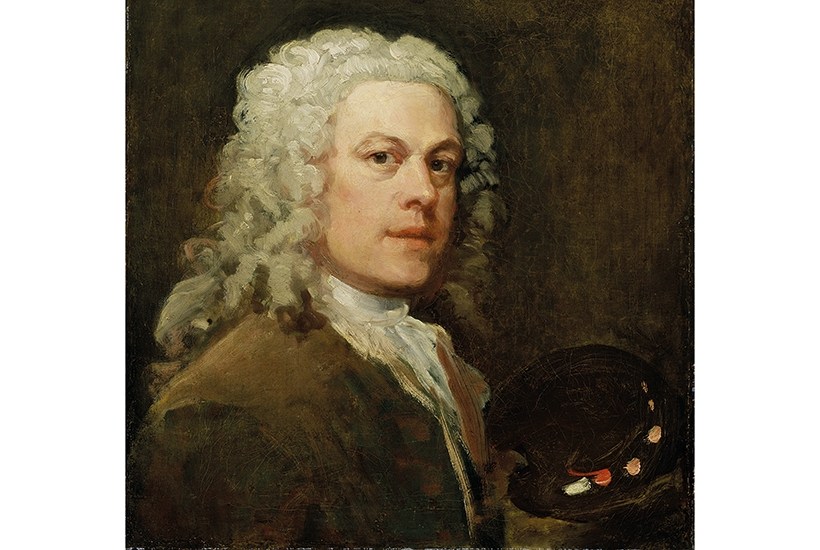
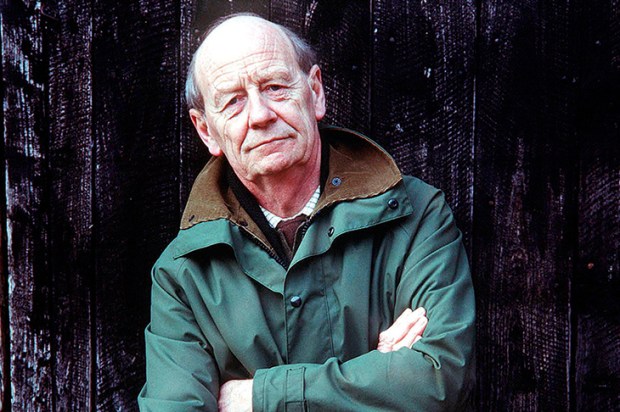

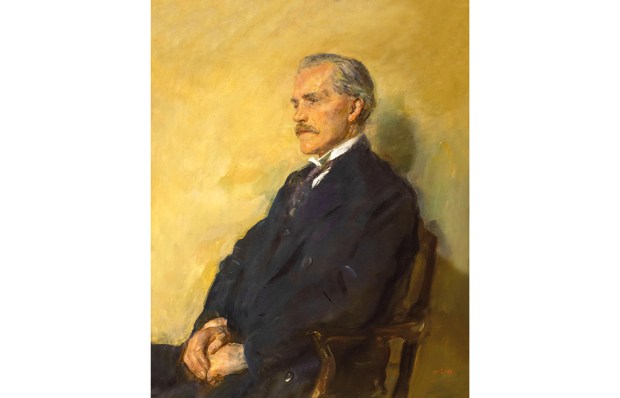
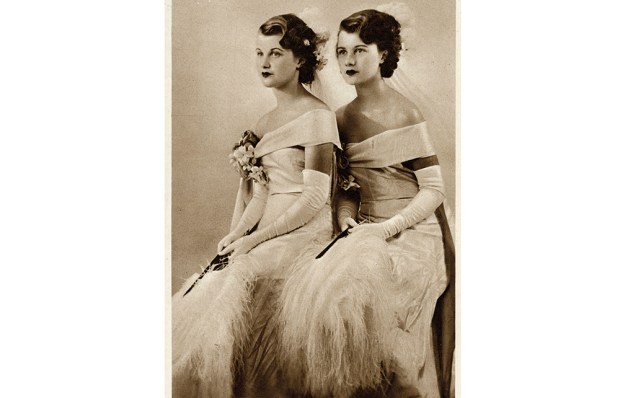

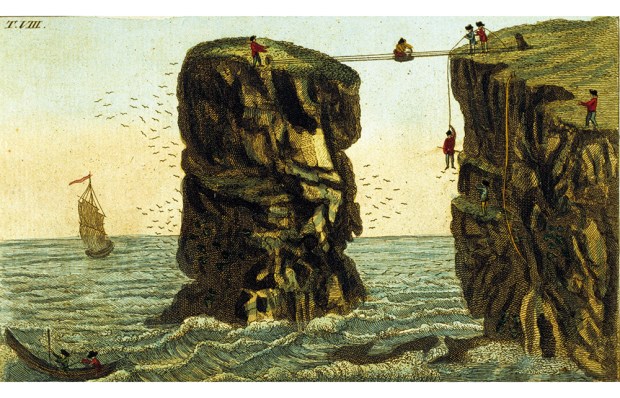






Comments
Don't miss out
Join the conversation with other Spectator Australia readers. Subscribe to leave a comment.
SUBSCRIBEAlready a subscriber? Log in